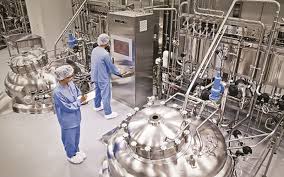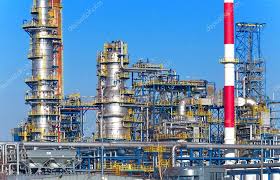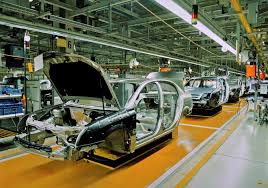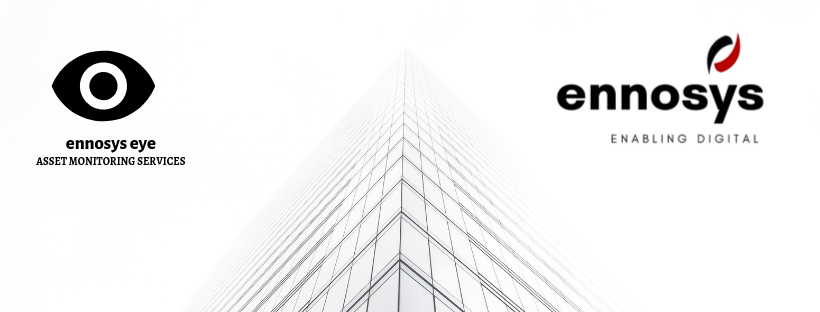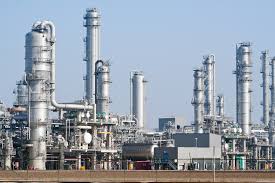|
PHARMACEUTICAL
Batch monitoring of AHUs, Steam Chiller units, WFI Pumps, motors, HVAC |
OIL AND GAS
Monitoring and predictive maintenance of pumps, mixers, blowers in remote areas both upstream and downstream in production |
INDUSTRIAL MACHINERY
Monitoring and predictive maintenance in industries for both durable and non durable goods. Monitoring of rotating equipment, test rigs, processing, machinery |
|
AUTOMOTIVE
Drivetrain, gearbox monitoring, transmission and axle monitoring in cars, trucks, heavy equipment |
MINING
Predictive Maintenance in mining,, mineral/ore dressing, monitoring of sand drives, mill motors |
PAPER AND PRINT
Predictive Maintenance Monitoring in paper, saw mills, commercial printing, rotogravure monitoring |
Pharmaceutical
|
The pharmaceutical industry is characterized by strong regulations (GMP, CFR 21). And if other industries give their best to guarantee their products’ quality, the pharma industry is obliged to warrant the safety of its products to the final consumer. In this context a successful equipment maintenance strategy is the most important step for a production plant to reach the necessary level of reliability.
HVAC, pumps, steam chiller plants and mixers critical to a validated batch manufacturing process, are the key assets that need monitoring. |
Another example is the monitoring of air handling equipment (AHU). To comply with the quality of output and regulations, pharmaceutical manufacturing needs air handling units that typically, stabilize air conditions within precise limits during the manufacturing process, with no sudden changes to air flow rate, temperature or humidity. To ensure that these levels are carefully managed, machinery must be correctly specified, maintained and run, since a mechanical failure will make a degradation in air standards almost inevitable, with the potential for lost production. Vibration monitoring can help manufacturers prevent unexpected failure in these process critical air handling units. Also overlooked are pumps used in agitator mixers; while the cost to replace the pump may not be so high, the cost of a lost batch that does not meet specifications could run in to millions of dollars.
At a pharmaceutical manufacturing company Ennosys proposed a solution to work with the plant engineering teams to instrument their WFI pumps to predict early failure and issues. Alarms from the online dashboards were then integrated in to the PLC/SCADA controllers of the pumps and valves to ensure responsiveness to these alarms in real time.
Oil and Gas
|
Oil and gas plants run some of the most complex systems in industrial production today. In addition to this complexity, should a failure occur, the financial and environmental consequences could be extremely serious. For these reasons, managing oil and gas operations with high levels of efficiency, safety, and profitability is becoming exponentially more difficult.
|
Key monitoring includes the precise monitoring of pumps, mixers, blenders and other equipment in remote locations using cellular data. These assets can include elements both in upstream, mid-stream and downstream sectors. Remote condition monitoring has been utilized in the petrochemical industry for a number of years, with production benefits of over 5% recorded by companies back in 2011. They use PLC systems (RS232 etc) or satellite monitoring systems but the disadvantage of these is that they are hard wired and expensive. A majority of monitoring is done manually but this is cost prohibitive and is like finding the needle in the haystack.
Since this sector typically uses a smaller labor force, automating maintenance is critical. Sample equipment that we can monitor in this industry include: pumps (oil pipeline pumps, oil booster pumps, reciprocating pumps, bilge pumps), compressors (air, vapor recovery), cooler fans,
Since this sector typically uses a smaller labor force, automating maintenance is critical. Sample equipment that we can monitor in this industry include: pumps (oil pipeline pumps, oil booster pumps, reciprocating pumps, bilge pumps), compressors (air, vapor recovery), cooler fans,
Industrial Machinery
|
Whether in a continuous flow or discrete manufacturing environment, industrial plants present unique challenges to maintenance personnel. Small issues on one machine in the manufacturing chain, can impact downstream or upstream production bringing the production of a line to a complete halt. Then diagnosis and repair can take days resulting in lost production, maintenance furloughs and increased costs. So, monitoring downtime for equipment is critical in an industrial environment.
|
Our monitoring solutions help organizations minimize downtime in their industrial plants, using a cohesive approach. While vibration analysis is the primary tool to help identify and predict impending failures, our solution uses additional sensors which are bundled in to the “sensor box” to provide a more accurate and holistic view of failure with greater accuracy. 70% of failure in industrial environments is mechanical and this is where companies have the greatest challenges in predicting failure and downtime. Vibration data needs high frequency real time acquisition models and an ability to process this at the edge resulting in better accuracy using FFT analysis.
Healthcare
In the healthcare sector, technology plays a critical role in areas like telemedicine, electronic health records, and genomics. We have supported hospitals, payors, and healthcare organizations in finding IT consultants, technology architects, and data strategists. For instance, we assisted a leading healthcare provider in sourcing an IT consultant with expertise in electronic medical records, enabling them to implement a seamless digital health system and enhance patient care.
Financial Services and Insurance
In the fast-paced and highly regulated financial services industry, having the right technology talent is crucial. We have assisted leading banks, investment firms, and financial institutions in procuring top technology architects, data strategists, and IT consultants. For example, we partnered with a global investment bank to identify and onboard a highly experienced IT strategy consultant who played a pivotal role in transforming their legacy systems, resulting in increased operational efficiency and improved customer experience.
The insurance industry relies heavily on technology to manage vast amounts of data, enhance underwriting processes, and provide seamless customer experiences. We have partnered with insurance companies to identify and recruit skilled technology professionals, such as data strategists and cloud specialists. For example, we helped an insurance provider hire a data strategist who implemented advanced analytics capabilities, enabling them to make data-driven decisions and improve risk assessment accuracy.
The insurance industry relies heavily on technology to manage vast amounts of data, enhance underwriting processes, and provide seamless customer experiences. We have partnered with insurance companies to identify and recruit skilled technology professionals, such as data strategists and cloud specialists. For example, we helped an insurance provider hire a data strategist who implemented advanced analytics capabilities, enabling them to make data-driven decisions and improve risk assessment accuracy.

